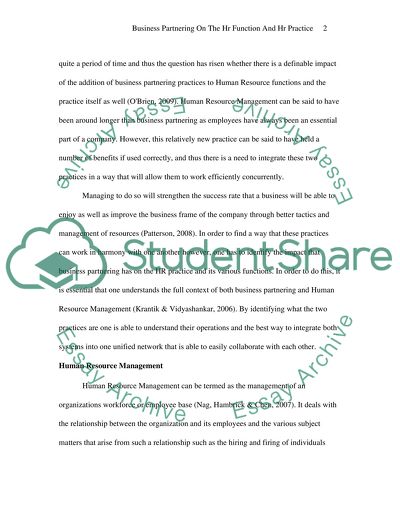Cite this document
(“The Impact of Business Partnering on the HR Function and HR Practice Literature review”, n.d.)
The Impact of Business Partnering on the HR Function and HR Practice Literature review. Retrieved from https://studentshare.org/human-resources/1492918-the-impact-of-business-partnering-on-the-hr-function-and-hr-practice
The Impact of Business Partnering on the HR Function and HR Practice Literature review. Retrieved from https://studentshare.org/human-resources/1492918-the-impact-of-business-partnering-on-the-hr-function-and-hr-practice
(The Impact of Business Partnering on the HR Function and HR Practice Literature Review)
The Impact of Business Partnering on the HR Function and HR Practice Literature Review. https://studentshare.org/human-resources/1492918-the-impact-of-business-partnering-on-the-hr-function-and-hr-practice.
The Impact of Business Partnering on the HR Function and HR Practice Literature Review. https://studentshare.org/human-resources/1492918-the-impact-of-business-partnering-on-the-hr-function-and-hr-practice.
“The Impact of Business Partnering on the HR Function and HR Practice Literature Review”, n.d. https://studentshare.org/human-resources/1492918-the-impact-of-business-partnering-on-the-hr-function-and-hr-practice.


